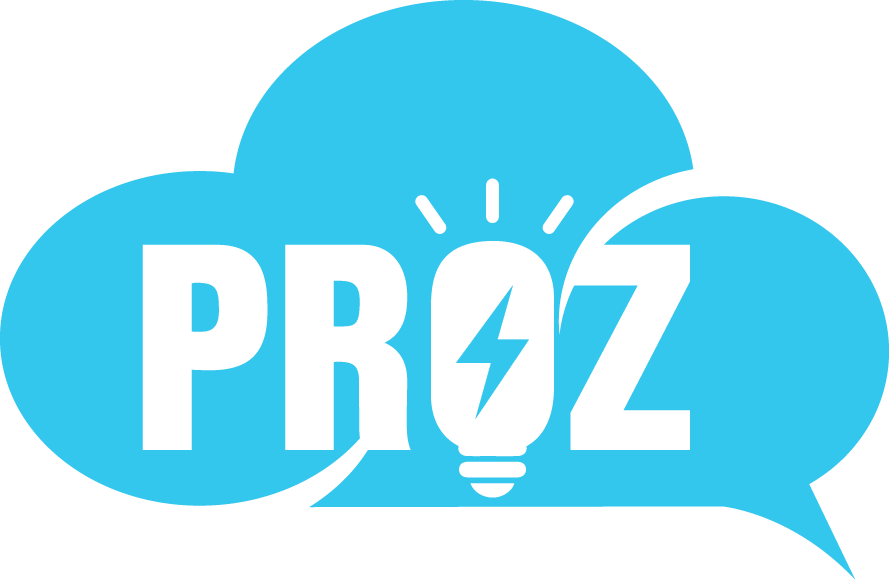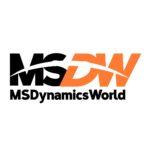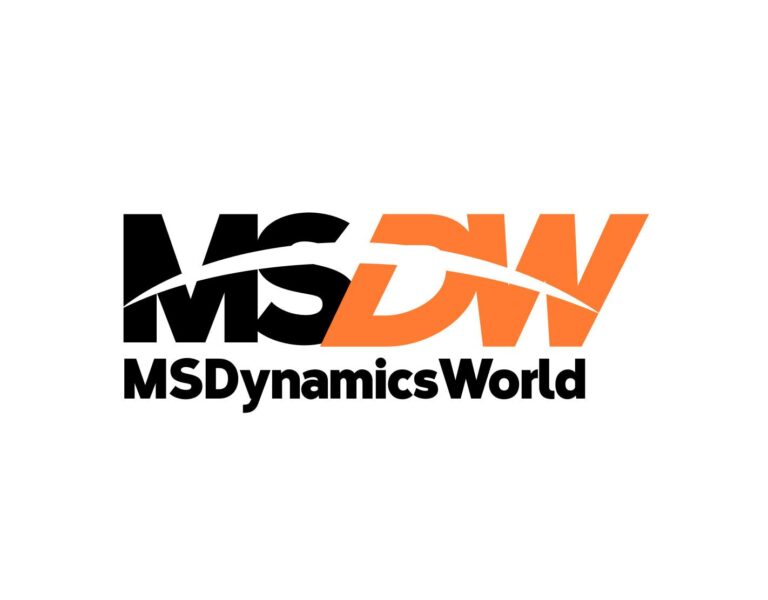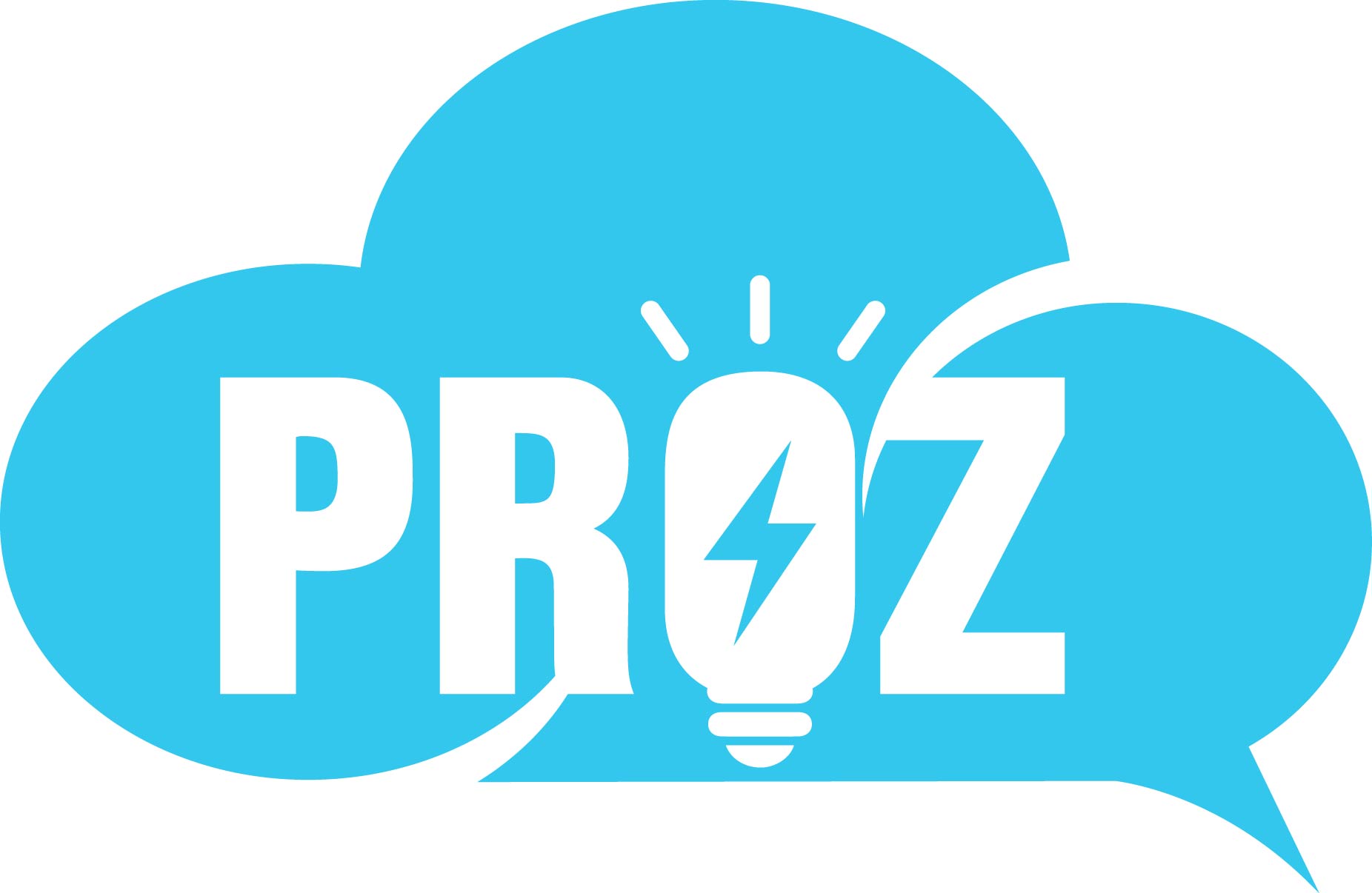In today’s data-driven business world, Salesforce being a CRM platform acts as the information house for many organisations. It provides critical operational and customer data which help organisations in making decisions.
However, the major problem in data is its quality which is solved by Salesforce which ensures that data is safe and accurate as the quality of data determines the value of the data.
The article explores that data accuracy in Salesforce is not just a checkbox but is a strategic imperative leading to good and effective research ultimately leading to better data-driven decisions.
H2 Heading: The Indispensable Value of Data Accuracy in Salesforce
Within the context of Salesforce, data accuracy refers to the completeness, consistency, timeliness, reliability, and uniqueness of the records. Data accuracy ensures that the information stored is error-free and actionable, and thus forms an integral part of successful CRM operations.
Adequate Salesforce data quality is important for all virtual Salesforce functions, ranging from sales forecasting to providing timely, personalised customer service. Thus, it is seen that if the data accuracy fails, then the outcomes and decisions can be flawed and the right sales opportunity can be missed by the organisations.
Maintaining high quality helps in building trust among the users. It is because when the employees come across consistent and reliable information, they are inclined towards the active use of Salesforce. Thus, trustworthy data helps in enhancing collaboration across different departments and strengthens decision-making processes.
In addition to the above advantages and benefits, it is highlighted that accurate data helps in promoting efficiency by the way of streamlining workflows and at the same time reducing redundancies and minimising manual corrections.
H2 Heading: The High Cost of Inaccurate Data
Organisations have to pay a price for relying on inaccurate Salesforce data, which hampers business operations in the long run. Workforces waste valuable time and resources on duplicate outreach, follow-ups with outdated contacts, and rectifying data quality issues.
Apart from that, faulty strategic decisions are made by relying on skewed reports and analytics. In such situations, organizations tend to pursue the wrong markets and miss growth opportunities due to unreliable insights obtained from faulty data.
The customer relationships are also hampered because of sending of irrelevant emails, or issuing incorrect billing, and gradually eroding trust and satisfaction of the customers.
Out of all the costs highlighted, the cost of regulatory non-compliance is the highest, as inaccurate and incomplete records may lead to violations of privacy laws such as GDPR and CCPA, which in turn can result in fines and reputational harm.
H2 Heading: Pillars of achieving data accuracy in Salesforce
H3 Heading: Establishing Robust Data Governance
Concept-Data governance is defined as the foundation of smart data management which consists of many roles, rules and policies which help in keeping data organised and safe.
Implementation- The groundwork for reliable data lies in its implementation which is concerned with clear data standards and in making sure that every data has its owner. Also, conventions across records and fields need to be consistent. To attain data accuracy in Salesforce, a structured implementation through clear data standards, consistent conventions, and accountability of teams and individuals for maintaining their data is needed. Often, the role of a Salesforce consultant is crucial in designing and implementing these robust data governance frameworks, ensuring alignment with business objectives and best practices.
H3 Heading: Implementing Proactive Validation Rules
Preventive measures- Proactive validation rules acts as one of the pillars of attaining data accuracy in Salesforce. These validation rules serve as gatekeepers as they check data instantly at the entry point as a result of which incomplete or incorrect information gets blocked. This stops bad data at the source.
Examples- For instance, Salesforce ensures mandatory fields such as email and phone number to be filled prior to saving the record. There are some formal checks and conditional rules as well which helps in data accuracy.
H3 Heading: Regular Cleansing and Deduplication Strategies
Ongoing process-Data cleansing is a continuous and never-ending process in Salesforce which increases its relevance as it is not a first time thing.
Methods-Regular cleansing in Salesforce involves the identification and merging of duplicate records along with correcting inconsistencies in the data collected. Salesforce, also updates outdated information in the system with the intent to provide reliable data across teams.
Tools- Considering tools, Salesforce provides built-in duplicate management tools to detect and prevent record duplication. Also, third-party data hygiene solutions provide advanced features for maintaining high-quality data.
H3 Heading: Fostering a Culture of Data Stewardship
Human element-A culture of data stewardship is created with human elements as technology like Salesforce provides tools but data quality is ensured by people. Data accuracy falls apart without active user engagement.
Training-Further, regular training fosters best data entry practices by users and also shows how their actions impact the data quality.
Accountability- Accountability is much needed to foster a culture of data stewardship in Salesforce as it ensures a sense of responsibility among all Salesforce users.
Incentives- Good data practices can be incentivised through recognition and reward programs coupled with gamification and feedback loops.
H2 Heading: Salesforce as a Powerhouse for Research
- Comprehensive data collection- Salesforce has a robust architecture which makes it a powerhouse of research as it fosters comprehensive collection and storing data of consumers and sales and operational data.
- Diverse research applications- Salesforce data is multifaceted as it is able to leverage all kinds of data for market research, segmenting customers, identifying customers’ perceptions, analysing trends and also in competitive intelligence. Salesforce is able to identify pain points, tailor product recommendations, identifying product trends and also in tracking competitor activity.
- Built-in capabilities- Salesforce is efficient in turning data into actionable insights as it provides a range of reporting and dashboard tools which eases data exploration for users and also help in visualising important metrics. For instance, it uses a lot of charts and graphs for visual representations. It provides interactive dashboards, summary and matrix reports and also has on-the-fly filters.
- Advanced Analytics Integration- Salesforce connects with Tableau and Einstein Discovery through native integrations and APIs, enabling seamless data sharing. These tools help in getting access to data directly and thus, promote advanced statistical analysis and AI-powered insights.
For complex projects, organisations rely on specialised dissertation data analysis services for more advanced statistical techniques when working with datasets of Salesforce. Salesforce plays a crucial role as a data source for research projects.
H2 Heading: Transforming Accurate Data into Actionable Reporting
Accurate data is the foundation of Salesforce. The accuracy of the data is directly related to the trustworthiness of Salesforce reports. Any errors in the source data can cause distrust in features and dashboards of Salesforce analytics.
Accurate Salesforce reports offer unbiased pictures of business performance by reflecting true metrics and trends instead of personal opinions and assumptions. This is helpful for leaders to make data-driven decision-making and allocate resources effectively.
Examples of Impact-
- Accurate data in Salesforce enables precise sale forecasts which help businesses in allocating resources more efficiently. For instance, by leveraging accurate Salesforce data, a retail company forecasted a spike in seasonal demand for specific products.
- Accurate Salesforce data also promotes budgeting decisions by providing ROI of marketing campaigns. With Salesforce’s campaign tracking, a marketing team compared the ROI of two digital campaigns. Campaign A delivered double the revenue of Campaign B with similar costs. This insight, drawn from accurate Salesforce data, helped redirect future budgets toward higher-performing strategies such as maximising return.
- Salesforce also promotes accurate customer service metrics which increases efficiency of operations. For instance, frequent delays in ticket resolution are revealed in Salesforce which helps the company in streamlining workflows and reduce response times.
Accurate data transforms raw information to actionable business intelligence by ensuring that every insight is based on consistent inputs which help businesses in identifying real trends and in making informed decisions.
H2 Heading: Conclusion
Salesforce heavily focuses on data accuracy. It is not a technical checkbox but also a continuous investment. Effective Salesforce data management ensures that every analysis is grounded in truth and unlocks the potential of Customer Relationship Management. It prioritizes data quality optimisation which helps businesses in gaining competitive advantage and in making smarter decisions. Salesforce commits to data quality and remains a powerful tool for competitive advantage, sustained growth and intelligent business operations.







